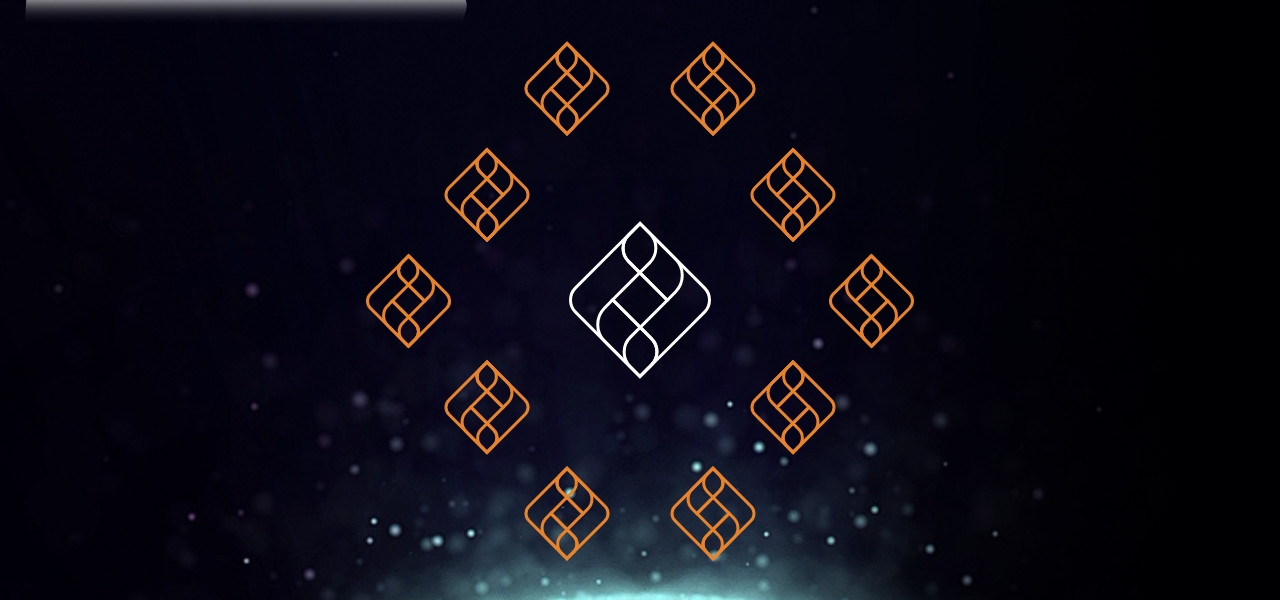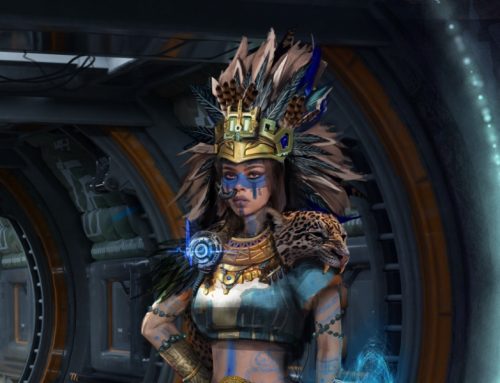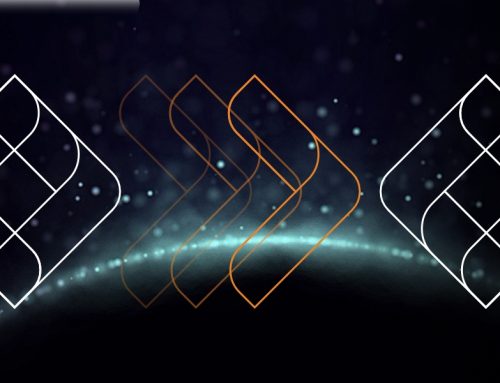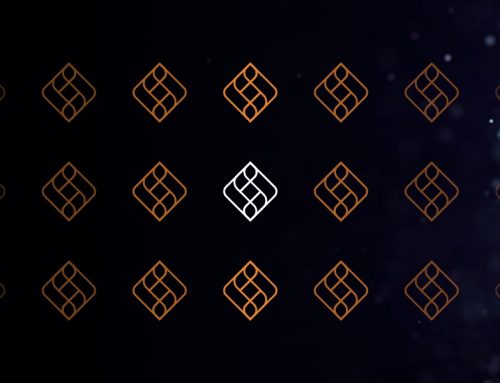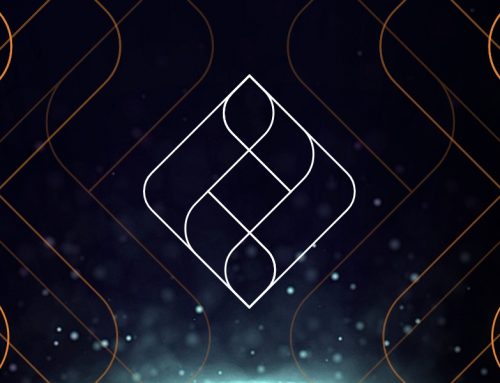A Decentralized Autonomous Organization or DAO is a bottom-up management structure without any centralized authority. These organizations are backed by blockchain where token holders vote to make decisions. Too complex? Let’s break it simpler.
To gain a better understanding of the term “Decentralized Autonomous Organization”, it is best to understand each word separately.
Decentralized: Decentralization is actually the absence of centralized authority, a party, or a person. In the blockchain world, if something is controlled by the community or people, it is decentralized.
Autonomous: Autonomous refers to an action or process that is done without any human intervention. In the blockchain world, if some function is carried out through smart contracts (predetermined rules) without any human intervention, it is called autonomous.
Organization: An organization is a structure formed to achieve a specific goal. For example, WHO (World Health Organization) is formed to promote health worldwide.
Now if we combine all three terms, a Decentralized Autonomous Organization should be a community-owned organization that carried out functions based on smart contracts. Unlike classic organizations where CEOs and managers have most of the decision-making power, the DAOs have a bottom-up management framework where every member has decision power. Moreover, there’re no CEOs or managers, just a community of people making all the decisions.
DAOs: Decision-making Process
The problem is, we cannot allow decision-making without due consideration or a structured process. DAOs deal with this problem through a mature consensus model. In a DAO, everyone gets to vote but not to decide – otherwise it will make DAOs centralized. A decision-making process of a DAO generally includes the following steps:
- Proposal Development:
Anyone in the community can submit a proposal to the DAO, along with outlines, objectives, and the resources needed to achieve the goals.
- Voting:
The proposal is discussed among the community, and if they believe it is worthy of a vote, it is scheduled to be voted on. Every DAO has a token and each token equals one vote. Those who hold more tokens have more voting power. This gives the token a value. If the proposal gets majority votes, it is sent for implementation.
- Execution:
The proposal is implemented in the DAO by the DAO developers.
- Monitoring:
After the execution, the project is monitored to ensure that the changes made through the proposal are working fine.
DAOs are not just meant for proposal execution, they are used to get crowdfunding and funding for other decentralized projects. Since the power is distributed among the entire community, it makes DAOs more secure and keeps the governance decentralized.
Future of DAOs:
According to Game Starter, there are 4000+ active DAOs with a market capitalization of $20 billion. UniSwap, MakerDAO and AAVE are the top 3 DAOs (MarketCap). UniSwap has the highest activity as a DAO and has the highest number of token holders.

DAO MarketCap
We are still living in blockchain infancy. As the world gets more aware of what blockchain products can offer and technology evolves, Decentralized Autonomous Organizations (DAOs) will become more efficient and secure. This has the potential to lead to a considerably broader range of applications, ranging from banking and insurance to supply chain and healthcare. LendeXe’s products will also transition to a DAO after a period of testing. From then on, they will work completely automated and a change by a certain interest group (e.g. VCs) or a central institution is no longer possible. LendeXe will then be completely in the hands of the LEXE token owners.
